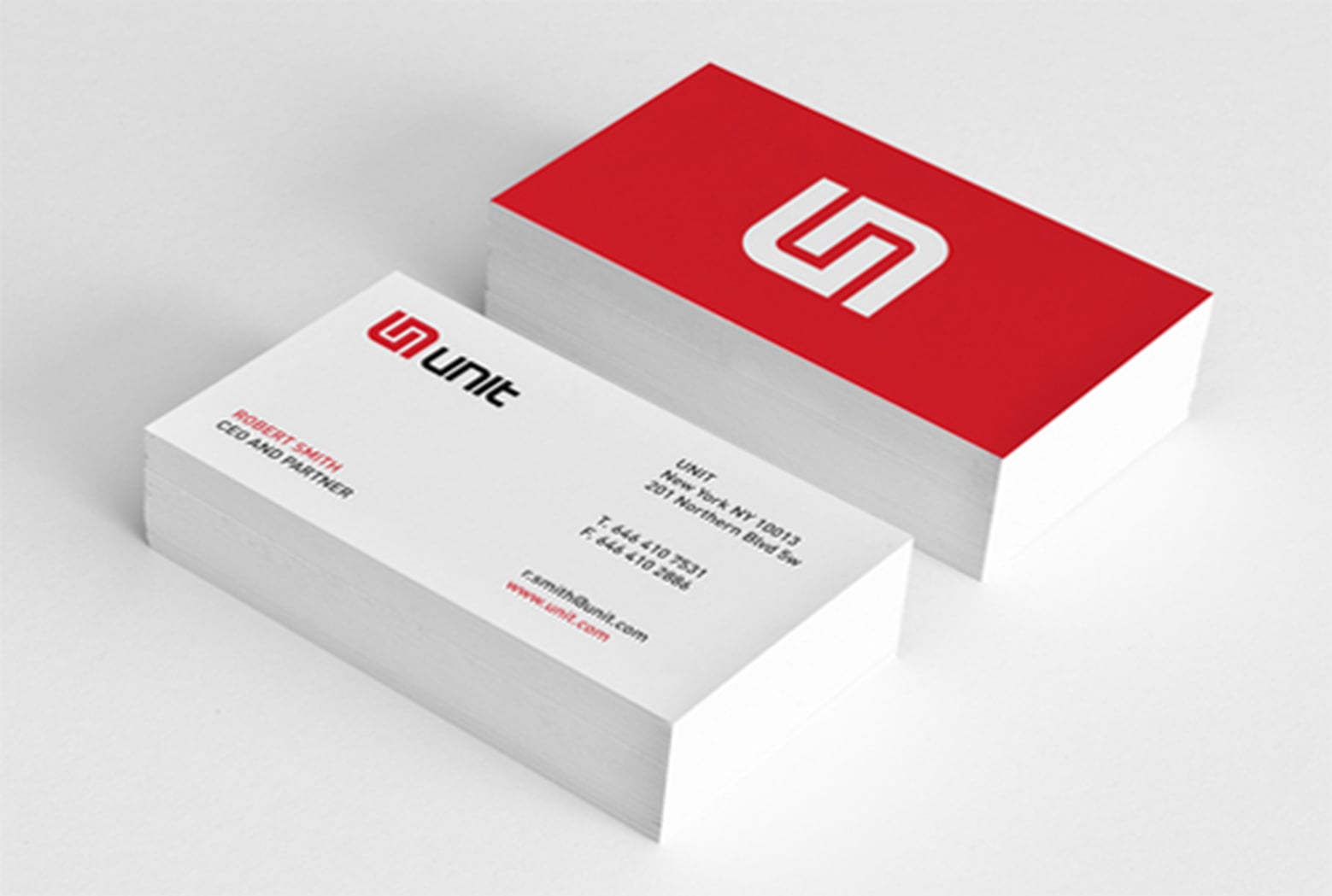The Role of Business Cards in Networking
Business cards are a fundamental tool in professional networking. They serve as a tangible representation of one’s identity, allowing individuals to leave a lasting impression during meetings, conferences, and social events. The primary purpose of a business card is to provide essential contact information, such as name, job title, company name, phone number, email address, and website. However, their significance goes beyond mere contact details. A well-designed business card communicates professionalism and credibility, making it easier for potential clients, partners, or employers to remember and reach out to you after an initial meeting.
In a world where digital communication dominates, business cards retain their importance as a personal touch. Handing over a physical card creates a moment of connection that is often lost in email exchanges. This tactile experience can leave a more profound impression, reinforcing your brand identity. When exchanged, business cards can prompt further conversation and networking opportunities, leading to meaningful professional relationships. Thus, understanding the role of business cards in networking is crucial for anyone looking to expand their professional circle.
Designing an Effective Business Card
Creating an effective business card involves more than just listing contact information. The design of your card plays a critical role in conveying your brand identity. Key elements to consider include color, font, layout, and material. Your business card should reflect your personal or company brand. For instance, a creative professional may opt for bold colors and unique shapes, while someone in a corporate environment might choose a more traditional design with understated elegance.
Additionally, readability is paramount. Ensure that your text is clear and legible, avoiding overly intricate fonts or cluttered layouts. The information should be organized logically, making it easy for recipients to find your name and contact details quickly. Including a logo can enhance brand recognition, but it should not overwhelm the card’s content. Lastly, consider the card’s material; a high-quality cardstock or a unique texture can add a touch of professionalism that sets you apart from competitors.
Tips for Effective Networking with Business Cards
Once you have created your business card, the next step is to use it effectively in networking situations. First, always carry a few cards with you, whether you’re attending a conference, meeting new clients, or socializing at an event. Being prepared allows you to seize networking opportunities as they arise. When exchanging cards, present yours respectfully, ensuring it is clean and in good condition.
Another tip is to personalize the exchange. Instead of simply handing over your card, engage in conversation first. Ask questions and show genuine interest in the other person. When you do share your card, mention a key aspect of your work or how you might connect further. This approach makes the exchange more memorable and creates a context for future communication. Lastly, follow up after the event. Reach out to those you met, referencing your conversation and expressing interest in staying in touch, reinforcing the connection made through the exchange of business cards.
The Future of Business Cards in a Digital Age
As technology evolves, the future of business cards is also changing. Digital business cards are becoming increasingly popular, offering convenience and the ability to share information instantly. With smartphones, professionals can send their contact details via QR codes, NFC technology, or dedicated apps, reducing the need for physical cards. While digital cards offer significant advantages, such as ease of sharing and storage, they may lack the personal touch of traditional cards.
However, it is unlikely that physical business cards will disappear entirely. Many people still appreciate the tangible aspect of exchanging cards, which can facilitate stronger interpersonal connections. Instead, the future may see a blend of both traditional and digital approaches, allowing professionals to choose the method that best suits their networking style. Embracing this hybrid approach can ensure that you remain relevant in an ever-changing professional landscape while retaining the personal touch that business cards provide.
In conclusion, business cards remain a vital element of professional networking, combining practicality with personal connection. Understanding their importance, designing an effective card, using it strategically in networking scenarios, and recognizing the role of digital alternatives can enhance your networking efforts and contribute to your professional success.digital visiting card



